QuestionI have been transitioning my mare for 4 months to bare foot. The first trimmer I had wasn't very good even though she's practically famous out here. The horses feet were always unbalanced and I had to touch up best I could. Then she put casting material on and made the horse terribly sore. I let the horse grow out and recover from the casting (6 weeks or more no wild horse trim just me cleaning up rough spots with a rasp)and she felt great. I was riding bare in arena and she was romping bare in pasture. Even walking on gravel. I found a new barefoot trimmer and she took my horses walls down to sole level in a classic wild horse trim and the mare has been sore for 2 weeks now. I do not think this style of trim works for my very BIG (17 hand,1300lb)horse! All the barefoot people say it's never the trim. I totally disagree and I'm sick of hearing that excuse. I made all the dietary changes, etc. But every time she gets her feet worked on by one of these people she's sore. I'm deciding to just let her feet grow out again and tend them myself with a rasp. Do nothing based on any barefoot wild horse model.
Is it possible my horse and other horses supposedly having a "rough transition" simply do not respond well to this style of trimming? And the barefoot horse establishment is blindly in denial about it?
AnswerWell, have to say that I disagree with those who say "its never the trim" ... the mechanics of the foot have *EVERYTHING* to do with how the horse moves and his comfort. An imbalanced set of hooves will cause imbalanced movement, imbalanced muscle development etc. etc. On the other hand, in imbalance or injury/tenseness/dis-ease in the muscles or body can cause the hooves to constantly become imbalanced!
Can't separate the hooves from the rest of the horse.
What many don't understand about the 'wild horse model' is most of those 'models' are emulating horses that live in dry, arid, desert or mountainous regions and those who get 20 or 30 miles of movement a day! Compare *those* wild hoof models to the wild/feral horses that live on the Eastern Banks of NC! In soft, damp, sand with a diet that consists of salty, dry, sparse vegetation and seaweed! Those hooves, on those horses, are deplorable by 'conventional standards' ... they're long toed, chipping breaking, cracking, long heels ... etc. BUT -- they've adapted to their environment. Environment - something else that needs to be brought into consideration when trimming and caring for hooves.
There are no fast and hard rules except -- it depends. It depends on the horse, it depends on the hoof, the individual hoof-in-hand. It depends on the season, it depends on the diet, it depends on the movement and exercise the horse receives ...
Never say never and always say maybe.
What I would say is that if you are keeping your horse sound and comfortable then that's what matters!
Your HORSE has the ****** FINAL ****** say! Always. *grin*
If you're interested and feel that you'd like take on the full responsibility of your horses' hoofcare but would like to know more, allow me to plug one of my courses to you ... "Natural Hoofcare 101" from http://www.horsecourses.net We'll be starting a new class in October -- all online to go through all the 'book stuff'. And then, if you're anywhere in the New England area there is a practical workshop that follows each course, each semester so students can get their hands-on use of the tools and work on live hooves.
If there is something with which I can help you, please do not hesitate to holler at me. My email is caballus@charter.net.
Final word? Listen to your horses. He, she, they will tell you what they need for their hooves.
:) Hope this helps and encourages you a bit.
--Gwen

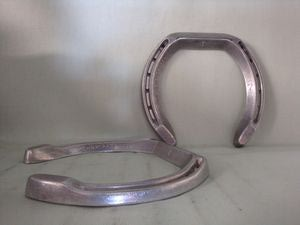 what type of shoe
Question
what type of shoe
hello sir, what type
what type of shoe
Question
what type of shoe
hello sir, what type
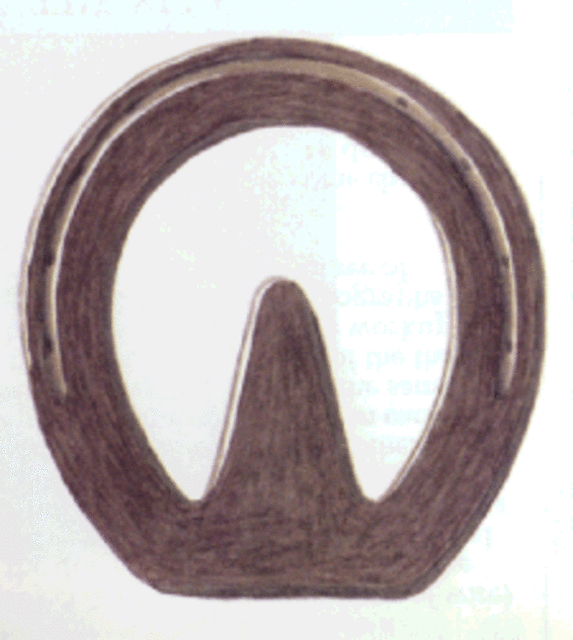 what shoe is this
Question
what shoe
hello sir, may i know the nam
what shoe is this
Question
what shoe
hello sir, may i know the nam
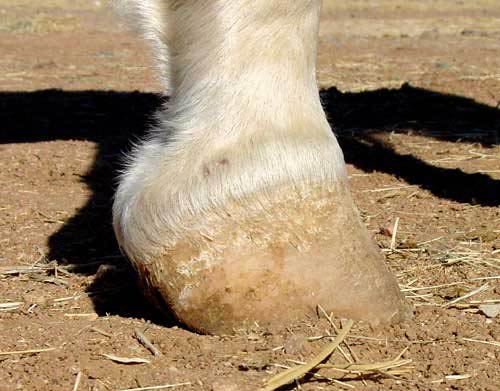 horse with high heels
Question
high heels
hello sir. if i buy a raceho
horse with high heels
Question
high heels
hello sir. if i buy a raceho
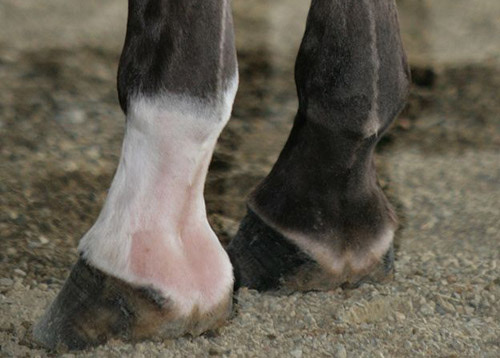 white legged horses - cracked heels
Question
white legged
hello, may i know why whit
white legged horses - cracked heels
Question
white legged
hello, may i know why whit
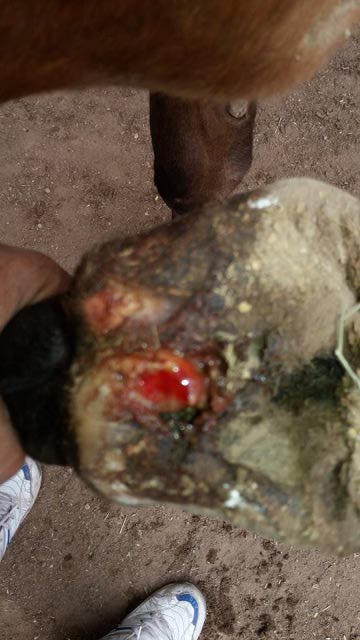 foal heel injury
Question
heel injury
Hello sir. I have a questio
foal heel injury
Question
heel injury
Hello sir. I have a questio